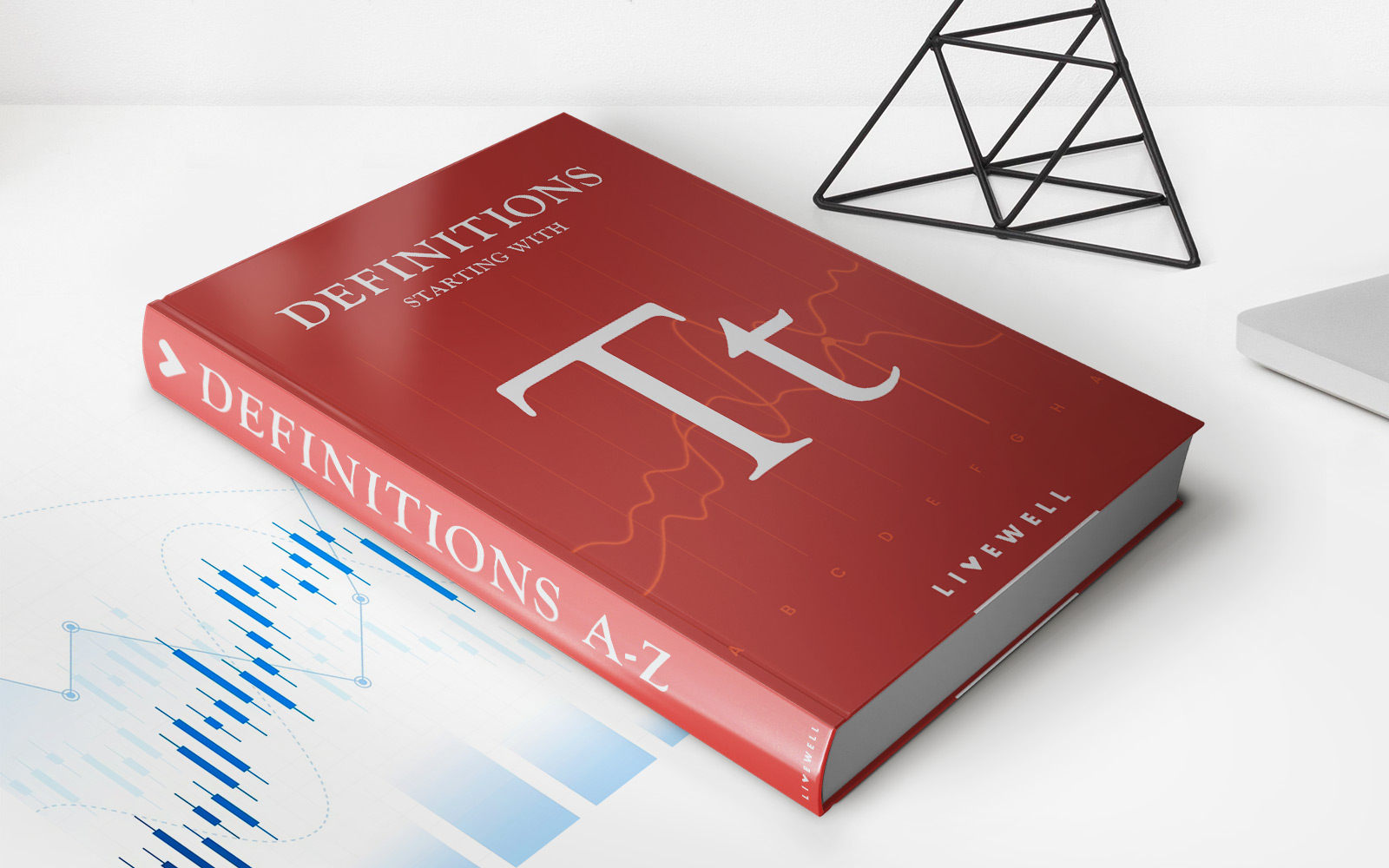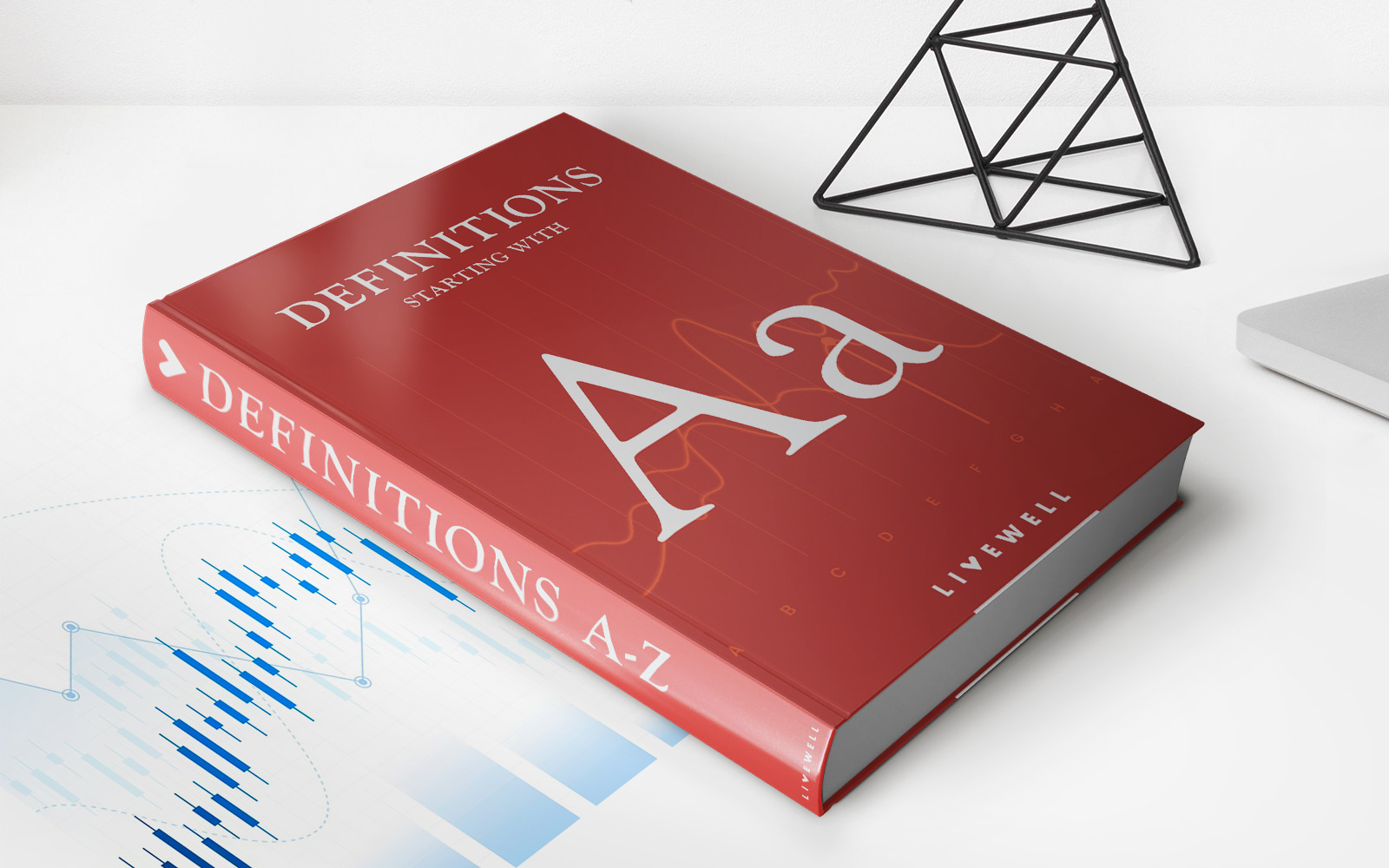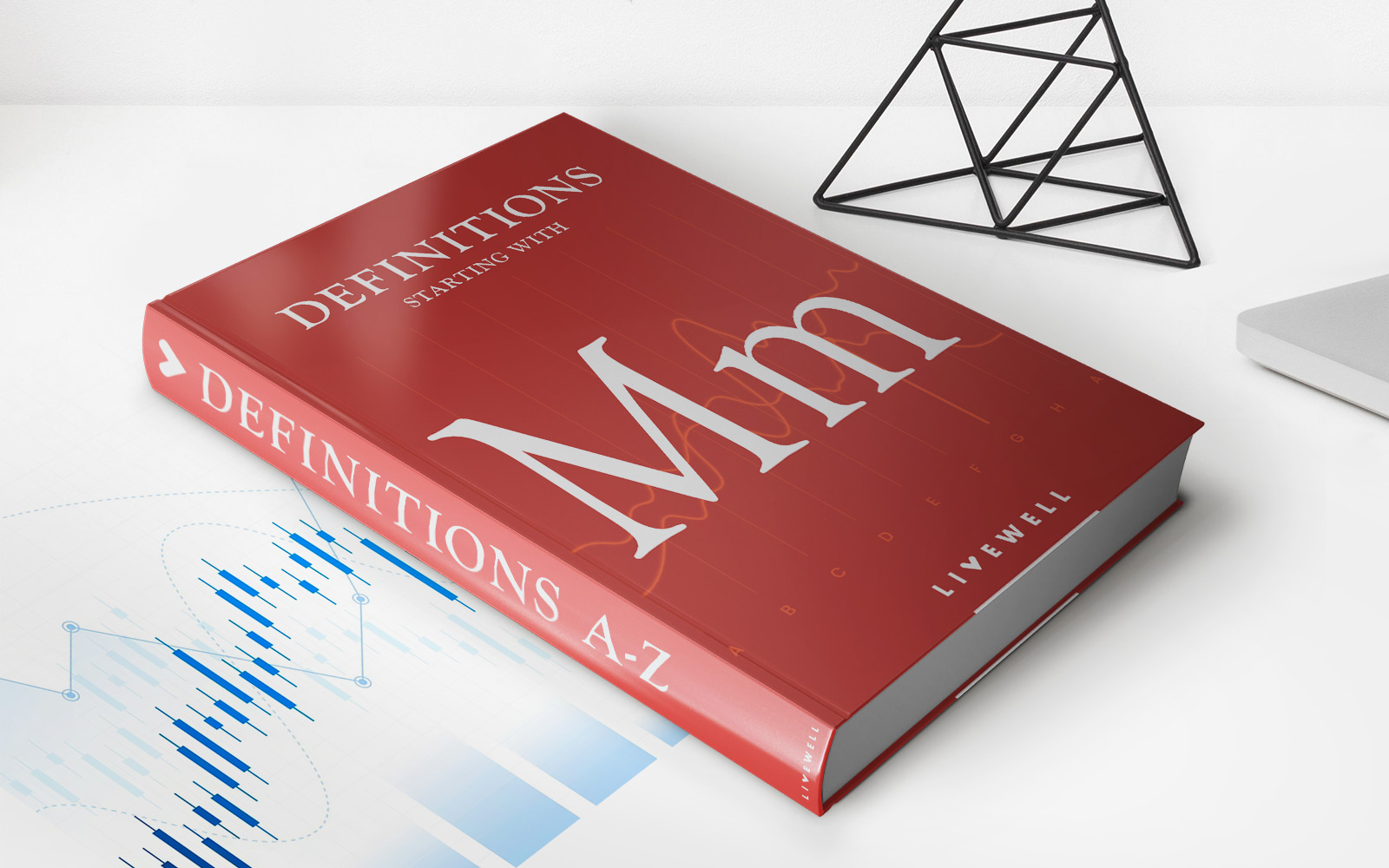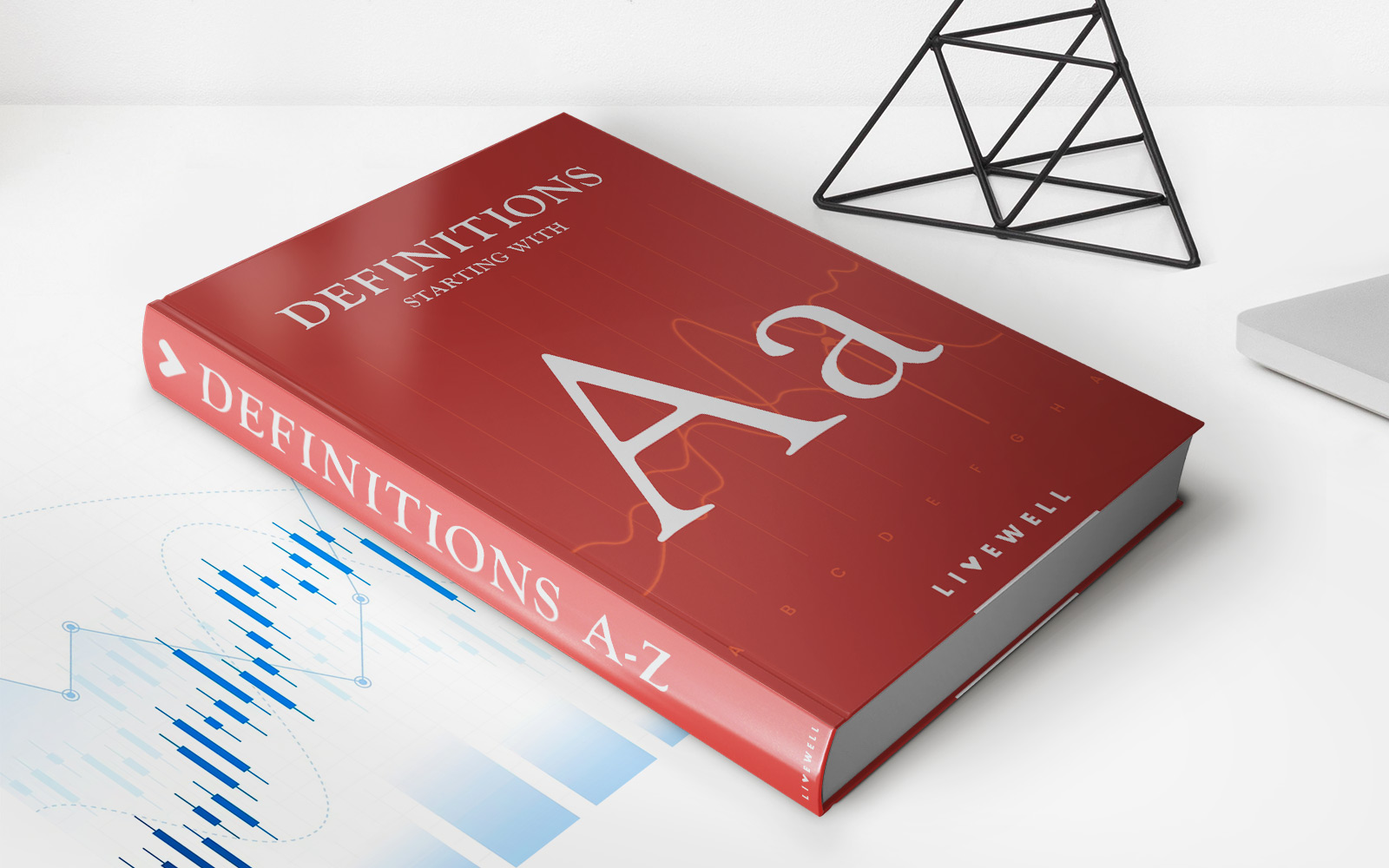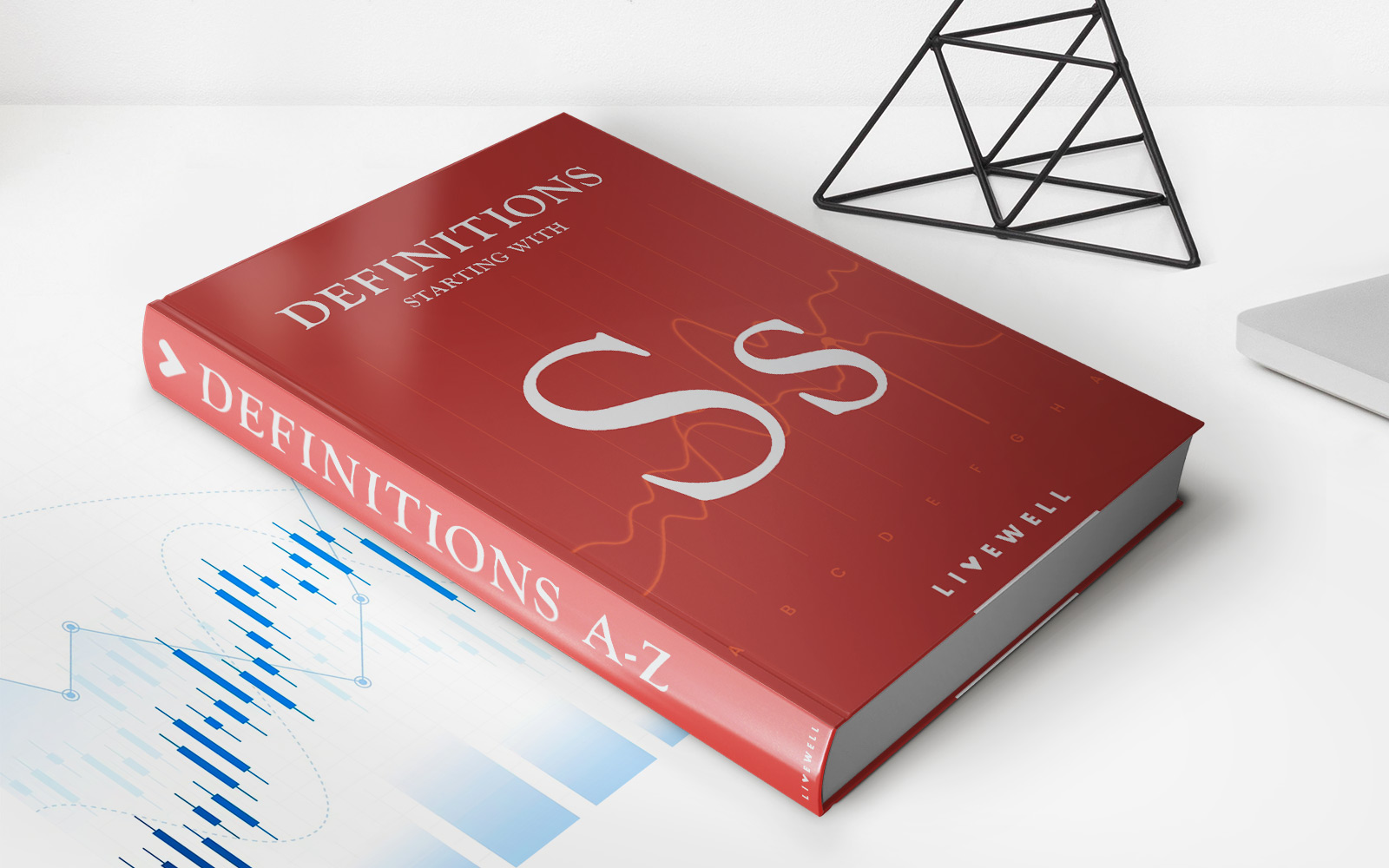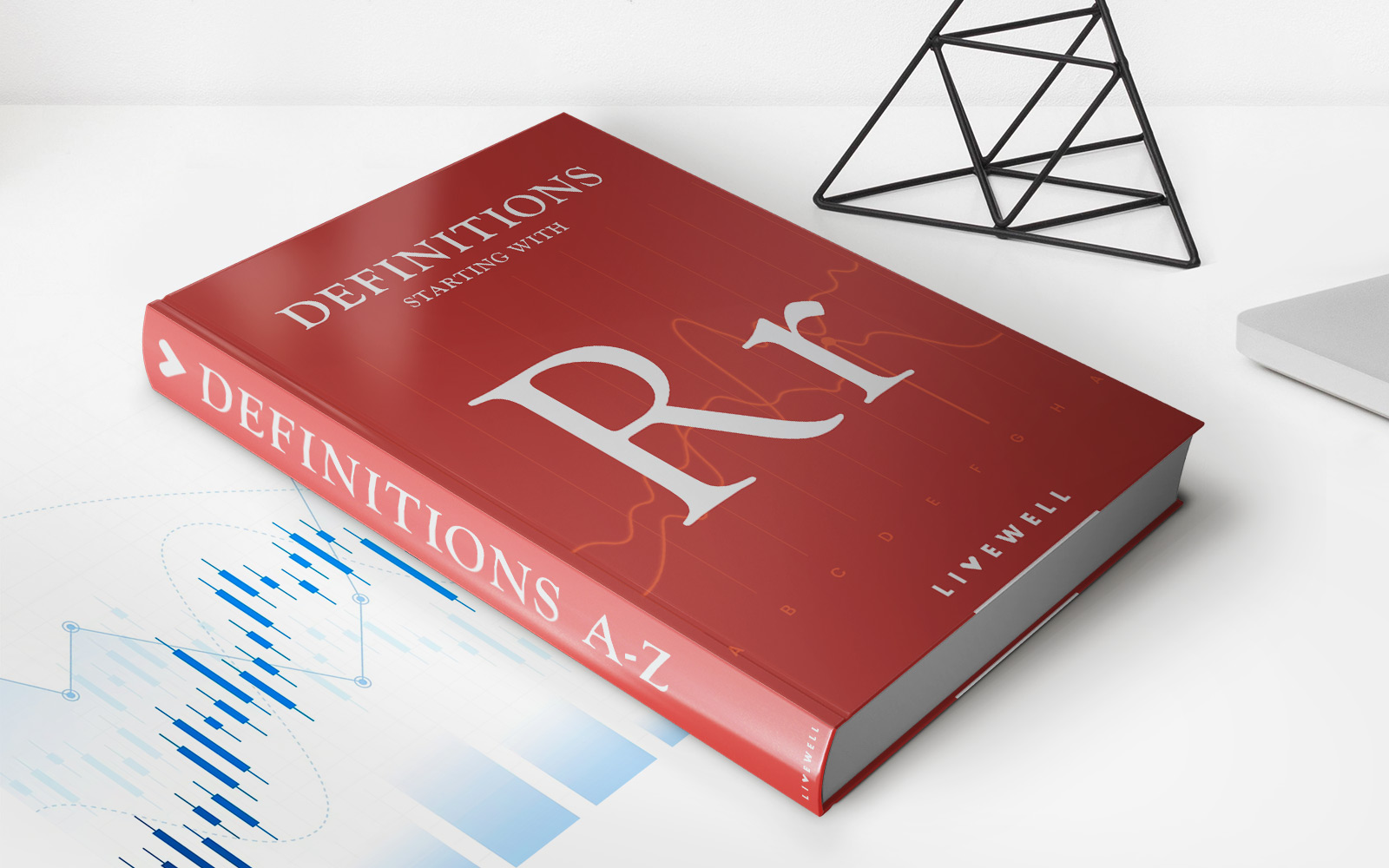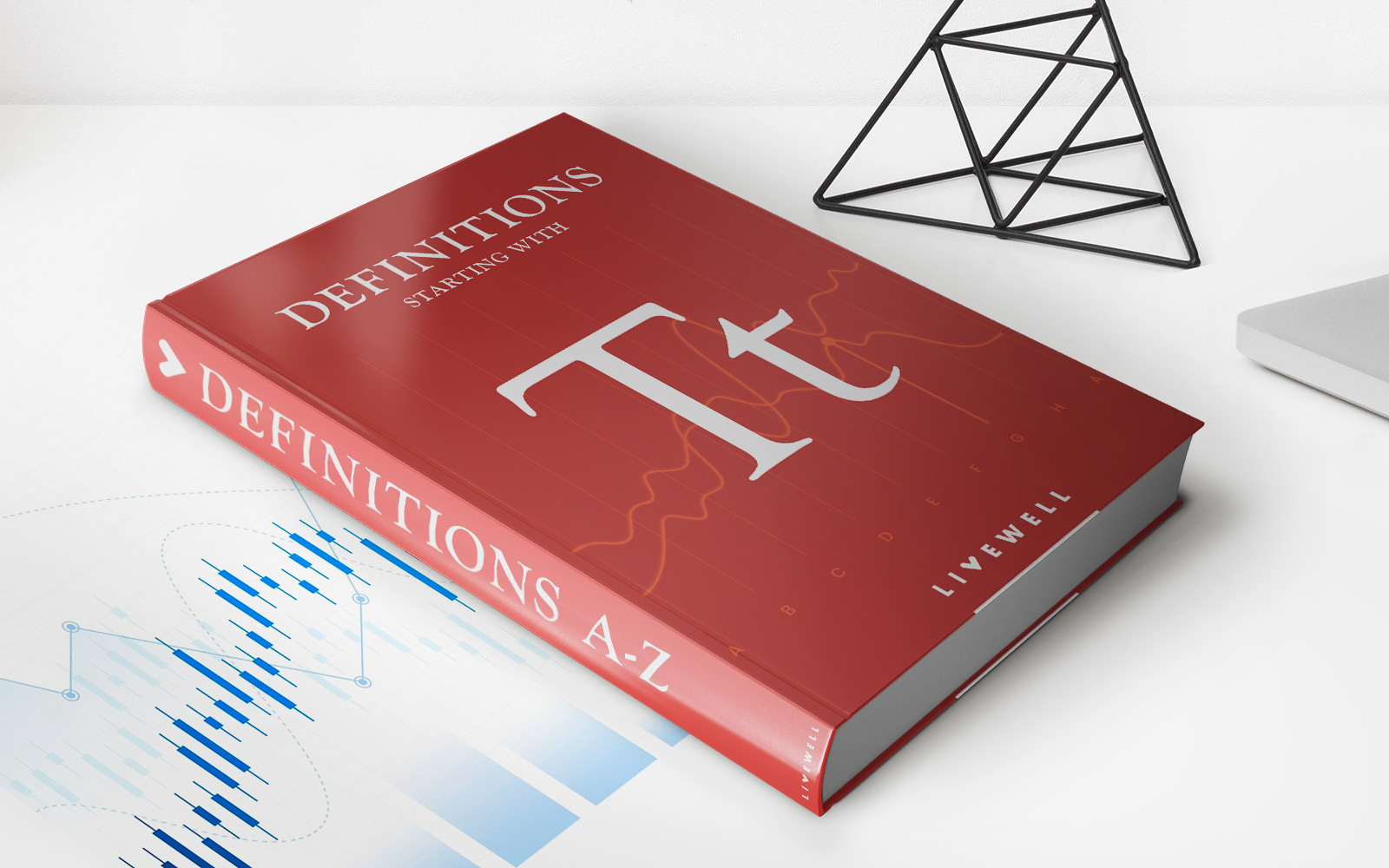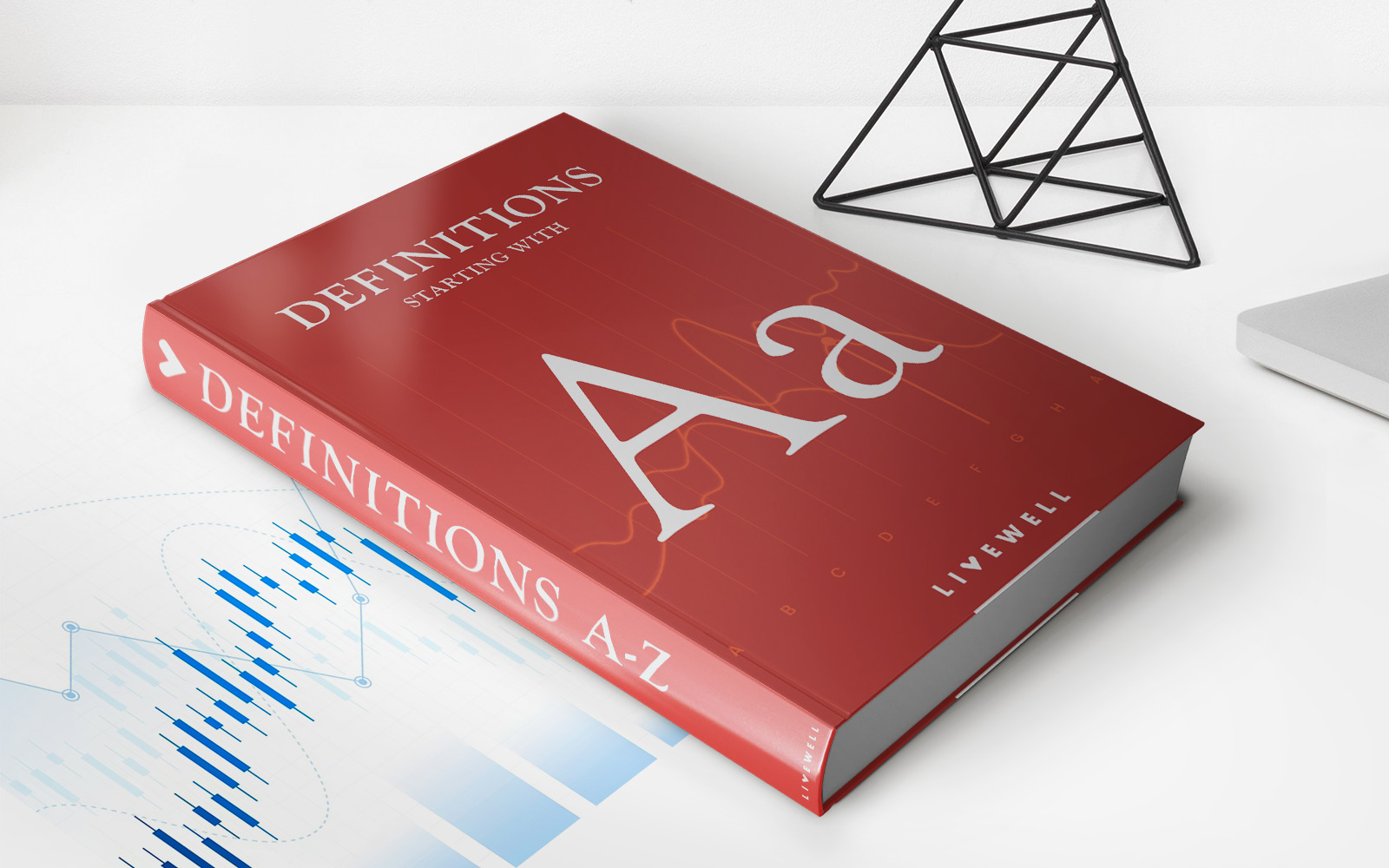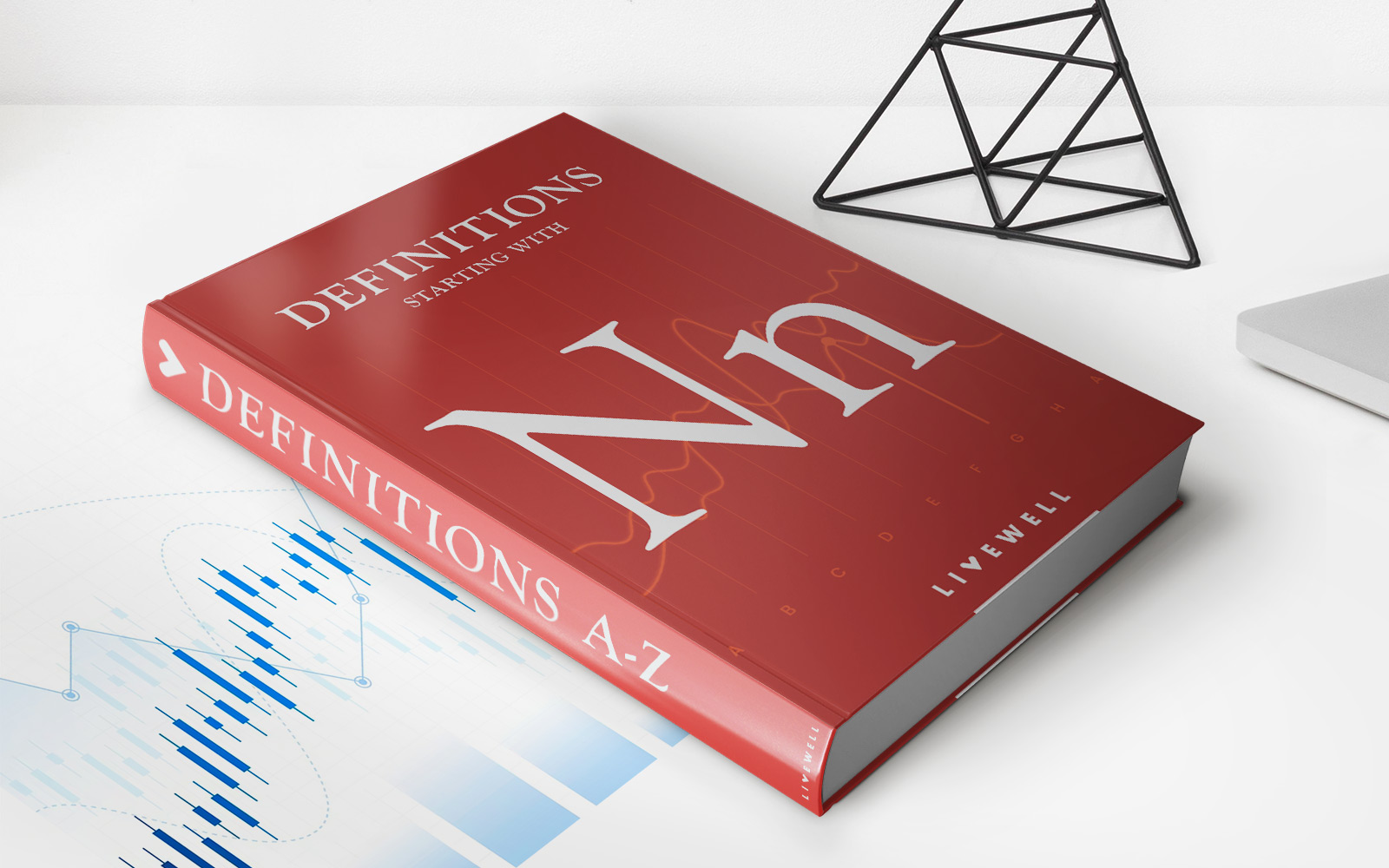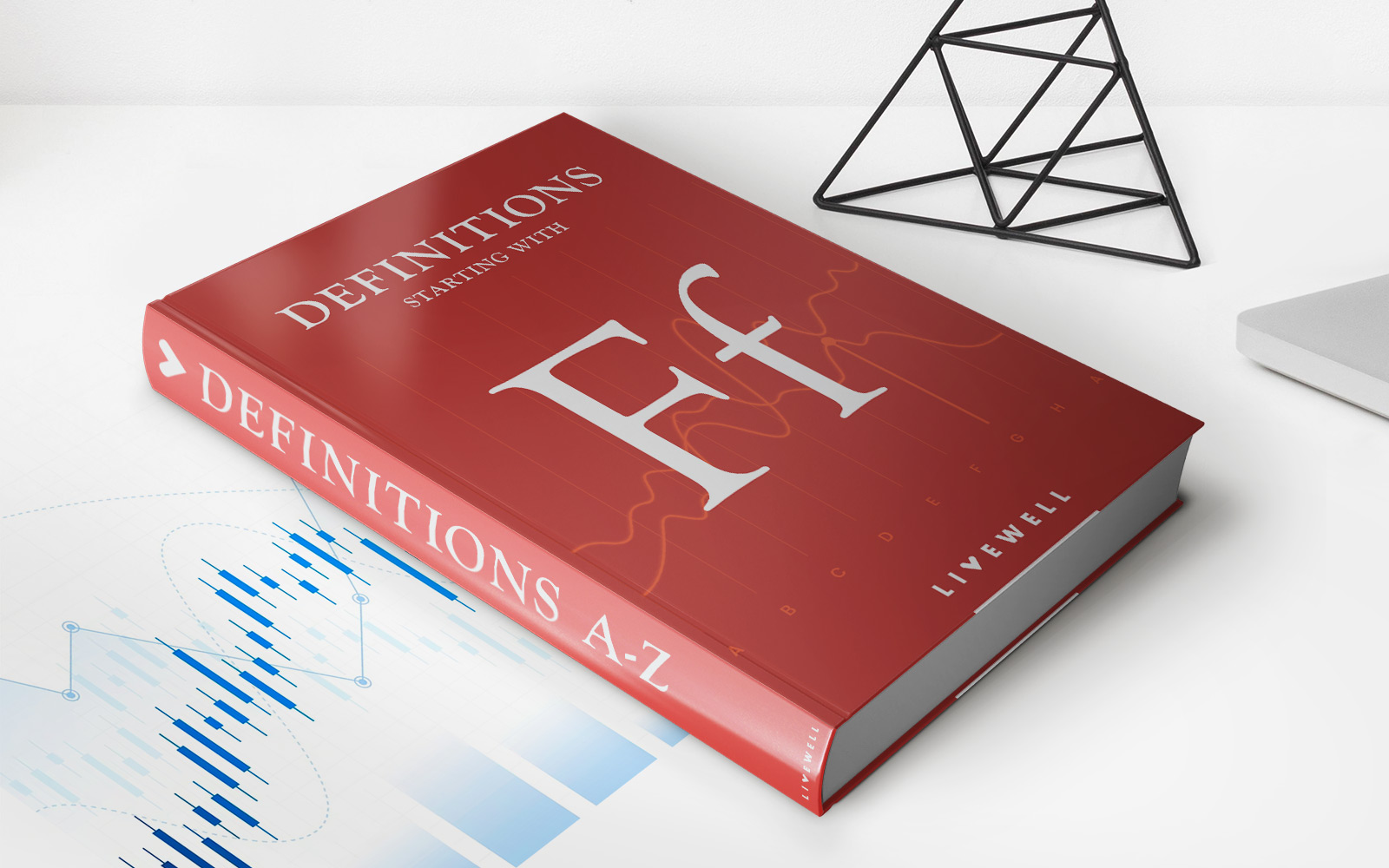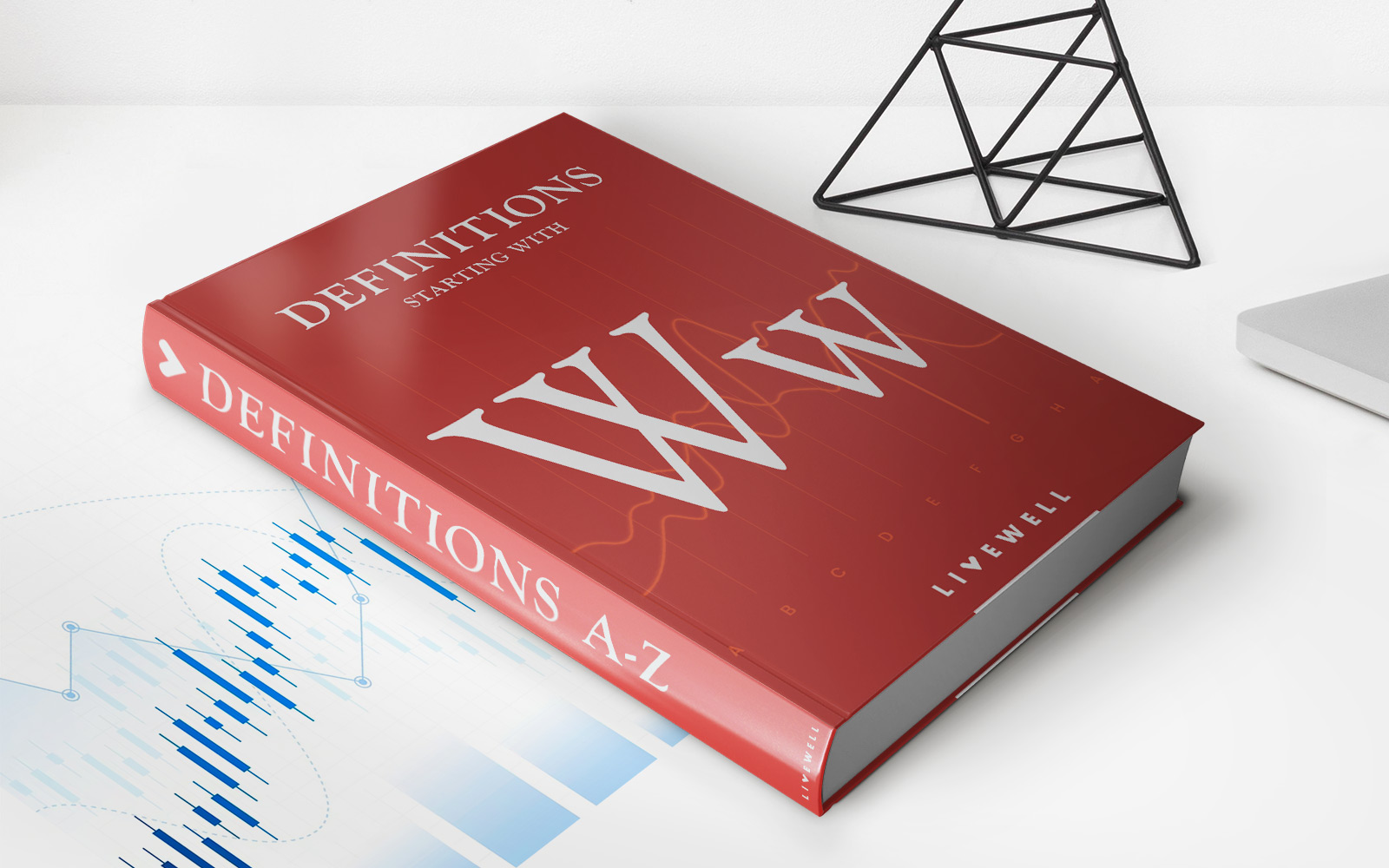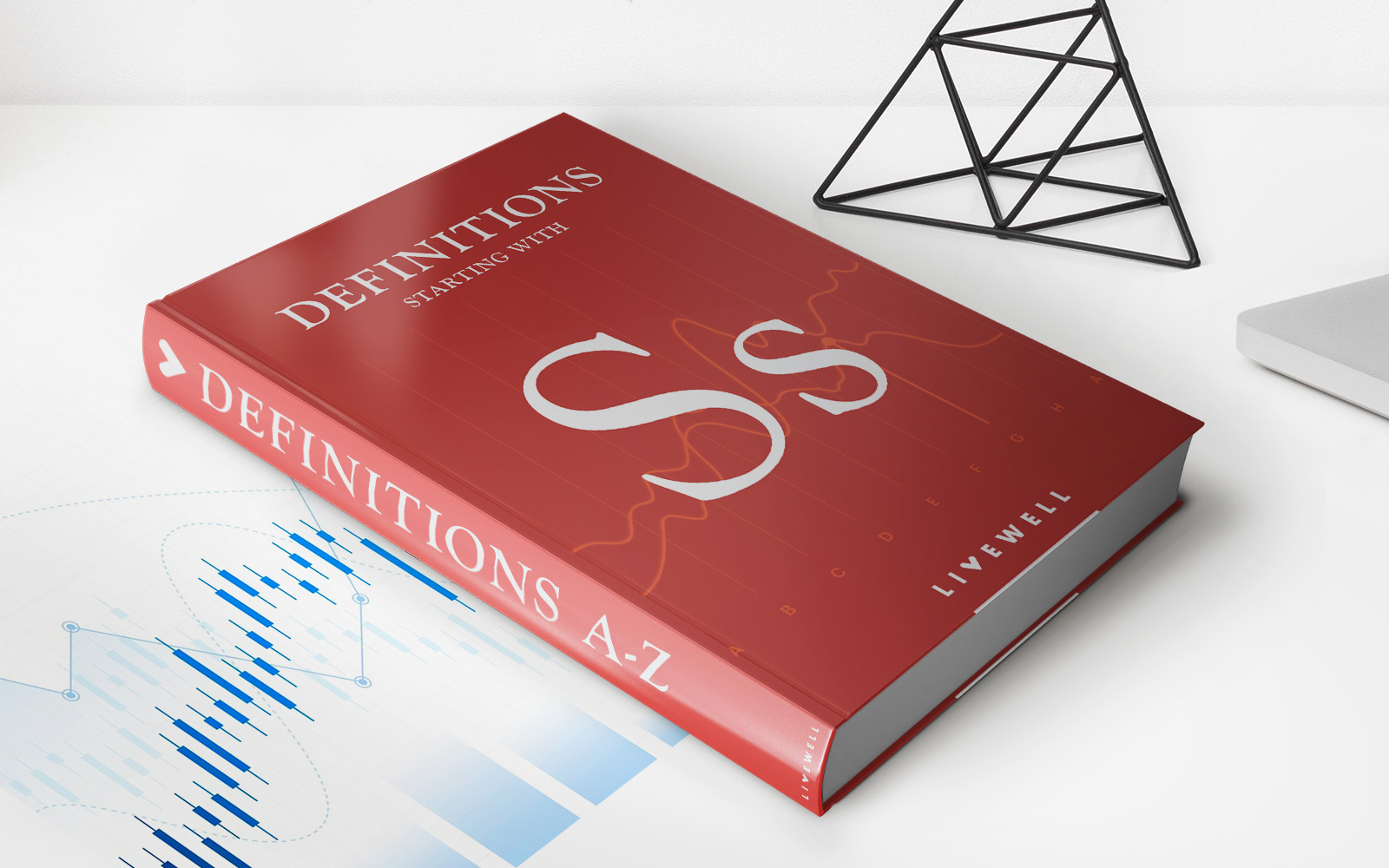Home>Finance>Monetary Base: Definition, What It Includes, Example
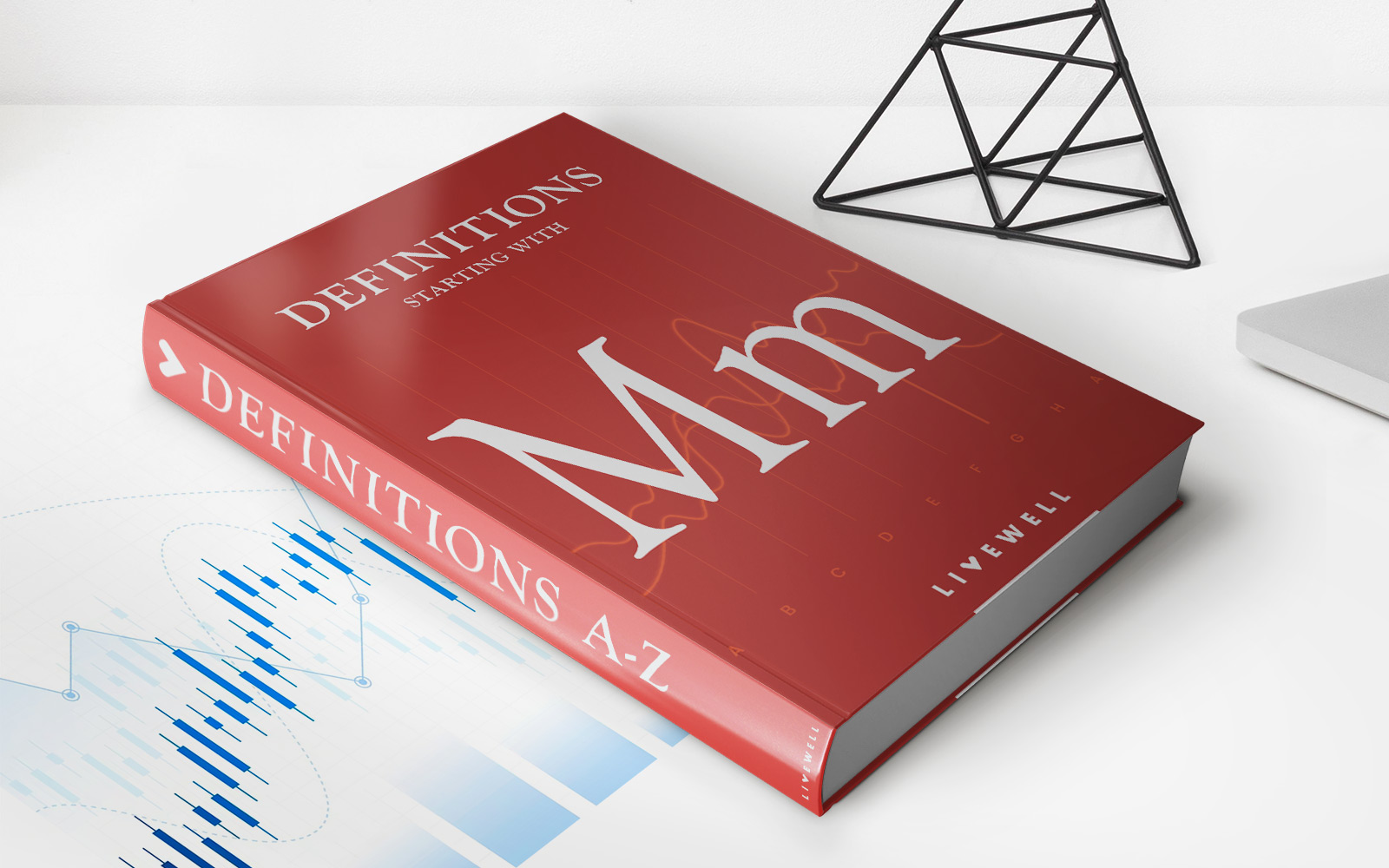

Finance
Monetary Base: Definition, What It Includes, Example
Published: December 26, 2023
Explore the concept of monetary base and its components in finance. Definition, examples, and everything you need to know about the monetary base.
(Many of the links in this article redirect to a specific reviewed product. Your purchase of these products through affiliate links helps to generate commission for LiveWell, at no extra cost. Learn more)
Understanding the Monetary Base: What It Includes and How It Works
Welcome to our deep dive into the world of finance! Today, we’re going to explore a concept known as the monetary base. Have you ever wondered what the monetary base actually is? Or what it includes? Well, you’ve come to the right place. In this article, we’ll provide a clear definition of the monetary base, explain its components, and provide an example to help illustrate its workings.
Key Takeaways
- The monetary base, also known as high-powered money or the monetary base, is the total amount of a country’s physical currency (including paper banknotes and coins) and commercial bank reserves held by the central bank.
- It represents the foundation of a country’s money supply and plays a crucial role in the implementation of monetary policy.
Defining the Monetary Base
The monetary base, sometimes referred to as high-powered money or narrow money, encompasses the total amount of a country’s physical currency in circulation (notes, coins) as well as the commercial bank reserves that are held by the central bank. It is the foundation of a country’s money supply and plays a pivotal role in the implementation of monetary policy.
The monetary base acts as the starting point for the creation of money and serves as a key indicator of a country’s financial stability. It is also an essential tool used by central banks to control inflation and stimulate economic growth.
What Does the Monetary Base Include?
The monetary base includes two primary components:
- Physical Currency: This refers to the total value of paper banknotes and coins in circulation within the country. Physical currency is issued by the central bank and is a widely accepted medium of exchange in the country’s economy.
- Commercial Bank Reserves: Commercial banks are required to hold a certain amount of reserves with the central bank to ensure liquidity and financial stability. These reserves act as a buffer in case of potential financial crises or unexpected events. They provide a basis for lending and are instrumental in the creation of additional money in the economy.
By combining the value of physical currency and commercial bank reserves, we arrive at the total monetary base.
Example of the Monetary Base in Action
Let’s illustrate this concept with a simplified example:
Suppose that Country X has a total of $500 million worth of physical currency in circulation, and the commercial banks within the country hold $300 million in reserves with the central bank. In this scenario, the monetary base of Country X would amount to $800 million.
When the central bank engages in open market operations, such as buying government bonds, it effectively injects reserves into the commercial banking system. This increases the monetary base and gives the commercial banks the ability to create additional loans and expand the money supply. Conversely, if the central bank sells government bonds, it reduces the reserves and contracts the monetary base, limiting the ability of commercial banks to lend.
Understanding the monetary base is crucial for both policymakers and individuals who want to comprehend the intricacies of a country’s financial system. It serves as a vital tool for central banks to influence economic conditions and maintain monetary stability.
So, the next time you hear the term “monetary base,” you can confidently explain its definition and components. Remember, the monetary base is the foundation upon which a country’s money supply is built and serves as a crucial tool for guiding monetary policy.
